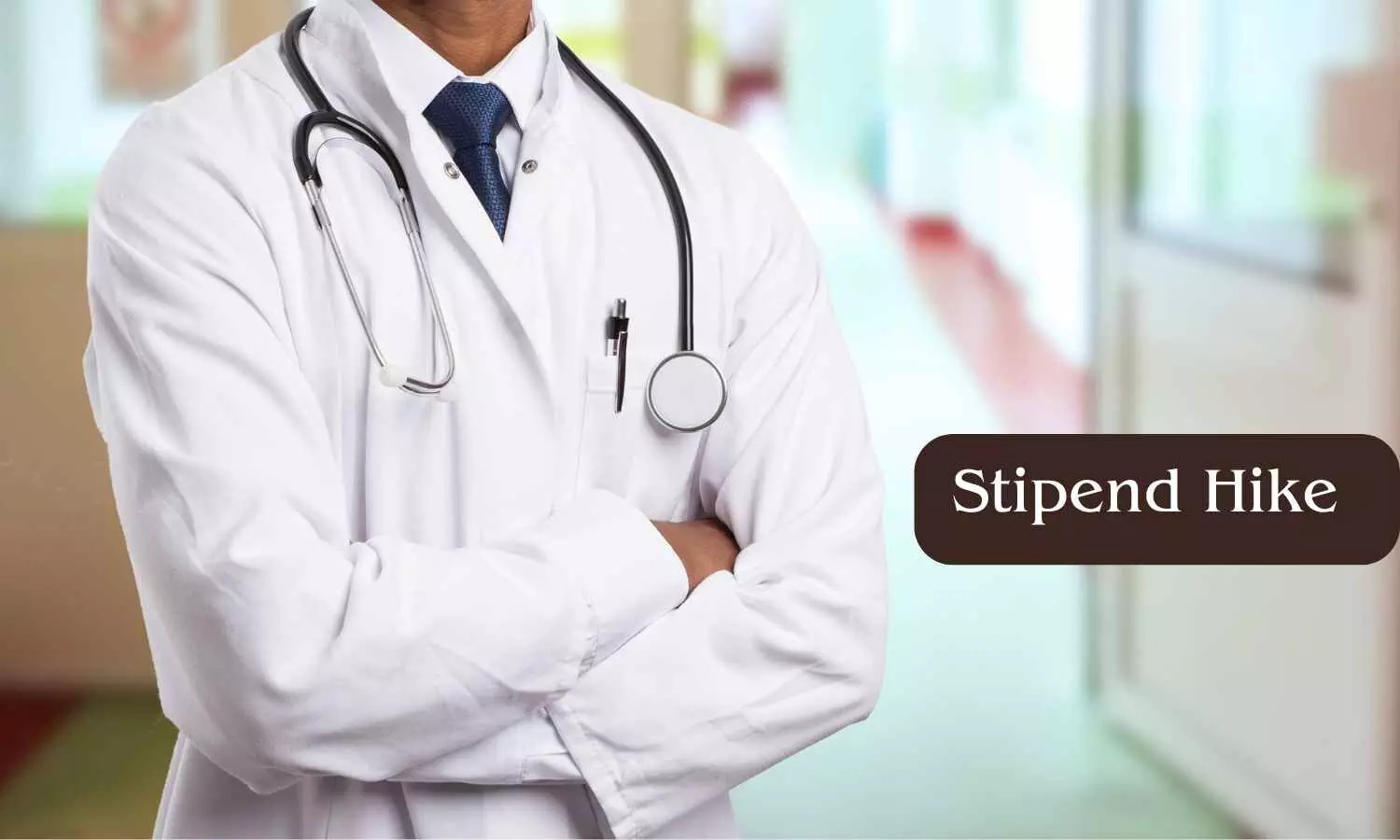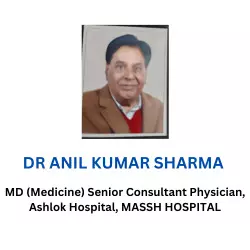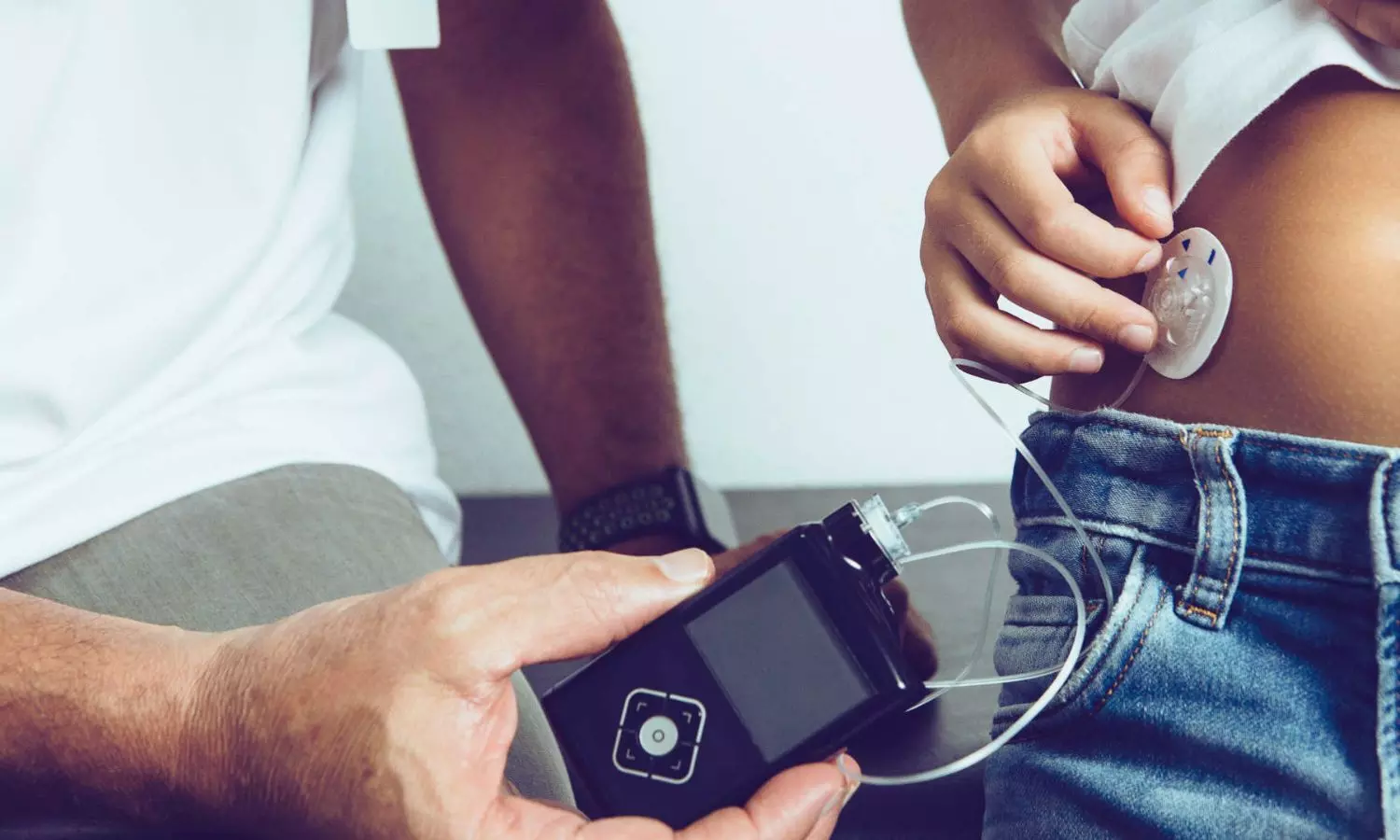Court Restrains Medreich from Using Jubilant’s Losartan, Amlodipine, Citalopram Dossiers

Noida: In relief to Jubilant Generics Ltd, the Commercial Court No. II, Gautam Buddh Nagar, has granted a temporary injunction against Medreich Limited and three other defendants in a high-stakes intellectual property dispute concerning pharmaceutical product dossiers. The dispute centers around three key drugs, Losartan, Amlodipine, and Citalopram which Jubilant Generics alleges were unlawfully accessed and used for manufacturing in India in violation of its exclusive licensing agreements.
The order, delivered by Judge Kunal Vepa on February 25, 2025, restrains the defendants from using, reproducing, or sharing the copyright-protected product dossiers of Jubilant Generics and from manufacturing, distributing, or exporting the disputed pharmaceutical products.
The legal battle began when Jubilant Generics Ltd filed an original suit for permanent injunction on August 23, 2024, alleging that Medreich Limited and its co-defendants had illegally acquired and used confidential product dossiers belonging to the plaintiff. Jubilant argued that the unauthorized use of these dossiers amounted to copyright infringement, misappropriation of trade secrets, and breach of confidentiality agreements.
According to the plaintiff, the product dossiers in question pertained to three pharmaceutical formulations—Losartan, Amlodipine, and Citalopram—which had been developed by Jubilant Generics and licensed exclusively to Jamp Pharma Corporation, Canada, under a confidentiality and non-disclosure agreement (NDA) signed in 2010. The licensing agreement permitted Jamp Pharma to manufacture, distribute, and sell these drugs exclusively in Canada.
However, Jubilant alleged that Jamp Pharma unlawfully shared the product dossiers with Medreich Limited and three other Indian pharmaceutical companies, which then manufactured these drugs in India, in violation of the intellectual property rights of Jubilant Generics. The plaintiff contended that this constituted a breach of Section 51 of the Copyright Act, 1957.
After reviewing extensive arguments and documentation, the Commercial Court ruled in favor of Jubilant Generics, concluding that the plaintiff had established a prima facie case of copyright infringement. The court noted that Medreich Limited and the other defendants were not parties to the original licensing agreements and had no legal right to access or use Jubilant’s intellectual property. In its ruling, the court observed;
“Jamp Pharma was duty-bound to purchase the said products from the plaintiff for the Canadian market. However, the defendants, who were never privy to the original agreements, have unlawfully gained access to and used the product dossiers for manufacturing in India, which is a blatant infringement of the plaintiff’s copyright.”
Further emphasizing the importance of territorial restrictions, the court ruled;
“Jamp Pharma’s rights under the agreement were limited to Canada. The use of the plaintiff’s product dossiers by entities outside Canada for manufacturing, as admitted by defendant No. 4, is a clear breach of contract and intellectual property rights.”
Additionally, the court rejected the defendants’ claim that the agreements had expired and that Jamp Pharma had the right to share the product dossiers, stating;
“While the arbitration proceedings between Jubilant and Jamp Pharma are ongoing in Canada, the present suit concerns third-party defendants who were not part of the original agreements. Therefore, this matter is within the jurisdiction of this court.”
The court further noted that allowing the defendants to continue manufacturing the drugs in India would cause irreparable harm to Jubilant Generics, stating;
“The plaintiff’s right to protect their intellectual property shall prevail over the commercial interest of the defendants. The unauthorized use of the plaintiff’s product dossiers by the defendants has led to a loss of unique property, which cannot be compensated in monetary terms.”
Based on its findings, the Commercial Court issued a fresh temporary injunction, restraining the defendants from using, reproducing, or distributing the disputed product dossiers. It also barred them from manufacturing, distributing, or exporting the pharmaceutical products in question and sharing the confidential product dossiers with any third party. It held;
“In view of the above discussion, the answering defendants are hereby restrained from reproducing or using in any manner the copyrights protected product dossiers of the plaintiff in relation to the said products, and also for manufacturing, distributing and exporting the said products to any entity. The defendants are also restrained from sharing with any third party, or using directly or indirectly the plaintiff confidential information including the product dossiers in whole or in part for the said products.”
The court also ordered that the temporary injunction will remain in place until the final disposal of the case. The next hearing on related procedural matters is scheduled for April 9, 2025.
To view the original order, click on the link below:
Powered by WPeMatico








